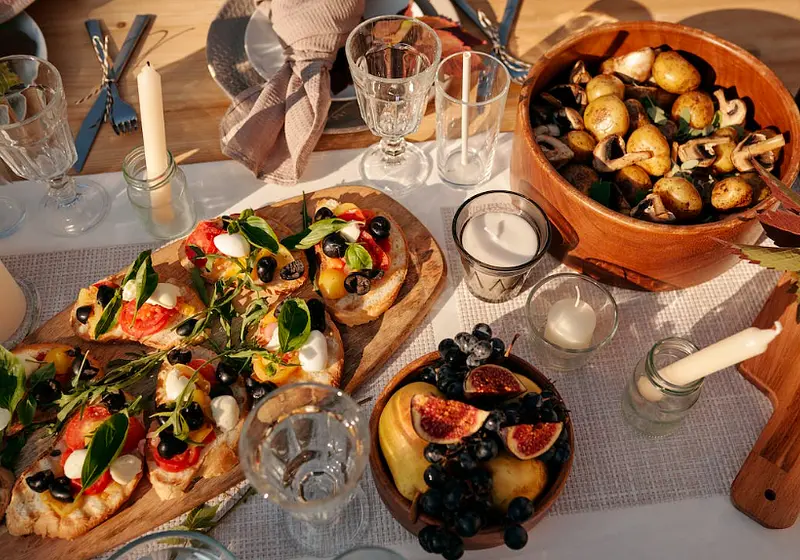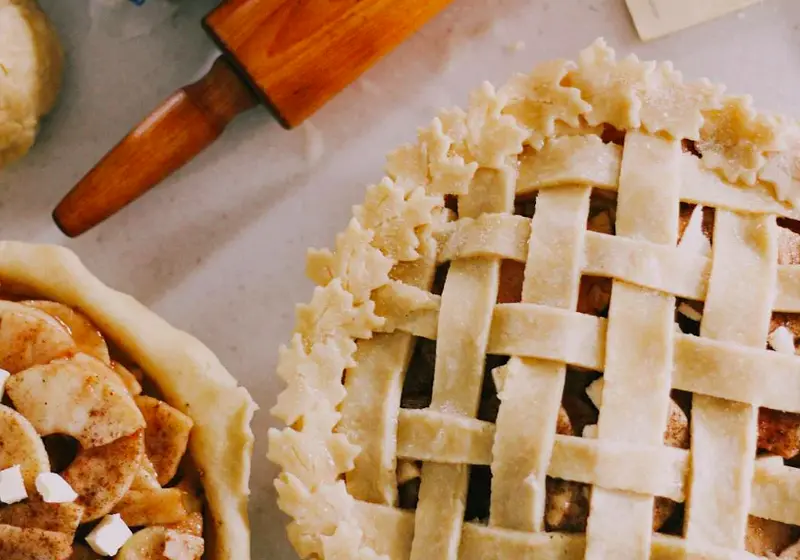It's Thanksgiving, Teens! What do you think of when someone mentions this glorious Turkey-feasting holiday between Halloween and Christmas? Stale turkey meat? Cranberry sauce? Pumpkin pie? Family? Even…gratitude? Well, I think about all of these things, and I let out a long “ahhhh” signaling how happy I am that we finally get a break from school.
While all of these associations with Thanksgiving are completely valid, I never hear anyone talk about the dark and bloody history behind the holiday.
Yes, everyone brings up gratitude - some even do talk about the American Indians, but it almost always ends on an eerily happy note of “Oh and I'm grateful for everything I have”. But, was this the original purpose of Thanksgiving? Was it really to give thanks? Was it even to eat turkey, cranberry sauce, and pumpkin pie?

Element5 Digital from Unsplash
Busting the Myths
The New York Times Author Maya Salam said in 2017, “Thanksgiving facts and myths have blended together for years like so much gravy and mashed potatoes, and separating them is just as complicated.”
Indeed, we've told so many Thanksgiving stories as we were growing up to the point that even if they were myths, it has already become truth.
For example, many of us believe that Thanksgiving came from a three-day feast between the Indigenous Wampanoag people and the Plymouth pilgrims in 1621.
However, the official formation of this holiday occurred in 1863 during the Civil War. Abraham Lincoln established it as an effort to reconcile the North, the South, and the Indian tribes. We were never taught that just a year before that, in 1862, 38 Dakota men were executed by Lincoln's orders.
Eventually, we find out that these innocent men were hung because they fought back against the corrupt federal agents who deprived them of their food provisions. So, Lincoln thought that Thanksgiving would be a good way to bridge negative feelings with native Americans.
Now, though many Native Americans and other cultures still celebrate a special, coming-together meal at the end of fall to show gratitude towards each other, they don't refer to it as “Thanksgiving”.
Thanksgiving is “propaganda”, says Dr. Kelli Mosteller, director of Citizen Potawatomi Nation's Cultural Heritage Center, because “it's holding up this false moment of friendship and completely disregards the massacres and the mass land theft and brutality that all Native peoples experience.”

Andrew James from Unsplash
The Real History of Thanksgiving
Knowing that we have been fed these myths, what really happened? I think what truth is always better told by those who were victims.
According to Native American Tommy Orange in his bestseller There There, the colonists invited Massasoit, the chief of the Wampanoags, to a feast after a land deal in 1621. Massasoit came with ninety of his men. “That meal is why we still eat a meal together in November. Celebrate it as a nation. But that one wasn't a thanksgiving meal. It was a land-deal meal.”
Two years later, in 1623, another similar meal was held to show friendship between the Indian tribe and the pilgrims. Right after this meal, “two hundred Indians dropped dead that night from an unknown poison.”
Later in 1637, a few hundred Pequot tribal members came together to celebrate their annual Green Corn Dance. During their celebration, colonists from the Massachusetts Bay Colony “surrounded their village, set it on fire, and shot any Pequot who tried to escape.”
A day later, the colony's governor held a huge feast to celebrate their horrific burning of the Pequots, declaring it a day of thanksgiving. “Thanksgivings like these happened everywhere, whenever there were what we have to call ‘successful massacres’." In fact, at one of these thanksgiving celebrations held in Manhattan, the colonists kicked around the heads of Pequot people like “soccer balls”.
These events are what then became Thanksgiving. The Thanksgiving that Lincoln officially declared as a national holiday. This is not what I learned in third grade. Nor did you.
Why We Need Truth
As teenagers so deeply inundated by the education system, we often take a Euro and Western-centric view of history. We talk about U.S. history from the colonists' perspective. We talk about white people and we honor what they have achieved.
In fact, according to Harvard professor Phillip Deloria, our schools just don't teach Native American history. About 87% of state-level history curricula don't mention native Americans after the 1900s, despite all the impacts of indigenous individuals and groups in modern US history.
I get it - doing so, teaching about old, white people and their history, is the easy way out. It's hard to talk about these difficult histories of discrimination, oppression, and massacres carried out by the people history has taught us to revere. And yes, history is written by the victors and the more powerful.
Yet, to me, truth is more important. It is time we consider, not erase, the perspective of those who are marginalized and their history.
We need the truth. Teens need the truth. Even younger children need the truth.
Because if we don't teach our youth the truth, we continue to perpetuate this harmful settler's narrative of what and who America is. We need to start acknowledging the fabrics of oppression - like Thanksgiving - that have been so deeply woven into our American culture. By facing history and ourselves, we take our first step in creating a more equitable place for our generation and generations to come.

A Tohono (Native Tribe) Women-led protest in the 2019 Women's March, Tucson AZ.
Dulcy Lima from Unsplash
What We Can Do
In my experience, learning about such a difficult history often engenders a sense of hopelessness and powerlessness. Many ask, “What can I do?” “Why does it matter to me?” “Will what I do matter?”
For me, the first step is always education. Reading about Native American history, Native American culture, and Native American stories; learning about laws, bills, and systems of justice to correct past wrongs, are all ways that have educated me.
Christine Nobiss, Indigenous activist and Decolonizer, also listed some ways that we can help. While maybe skipping Thanksgiving might not be doable, reflecting about Native American history at our dinner table could be a start. Some also attend Native-led events like Nation Day of Mourning in Plymouth, MA, or Indigenous People Sunrise Ceremony in CA.
These are also some simple things you can do if you can't access Native events to combat erasure:
- Celebrate Indigenous cuisine. Add one of these recipes to your Thanksgiving table - or even daily dinner table!
- Respect Native Americans. Speak about them in a respectful way.
- Learn, talk about, and teach the true history of Thanksgiving.
- Land acknowledgments. Acknowledge the indigenous tribes' land that you currently reside on. Here's a guide.
- Support native-led initiatives. Donate and attend local Indigenous events.
- Watch documentaries - specifically, Klepper's docuseries episode “Invisible Nation”.
At the end of the day, teens deserve the truth. So while we #givethanks on Thanksgiving, let's #givetruth, too.
*Sources: https://www.potawatomi.org/blog/2020/11/25/the-true-dark-history-of-thanksgiving/
There There by Tommy Orange


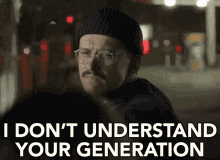


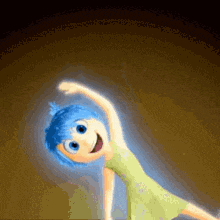
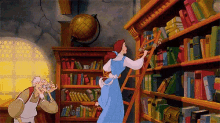



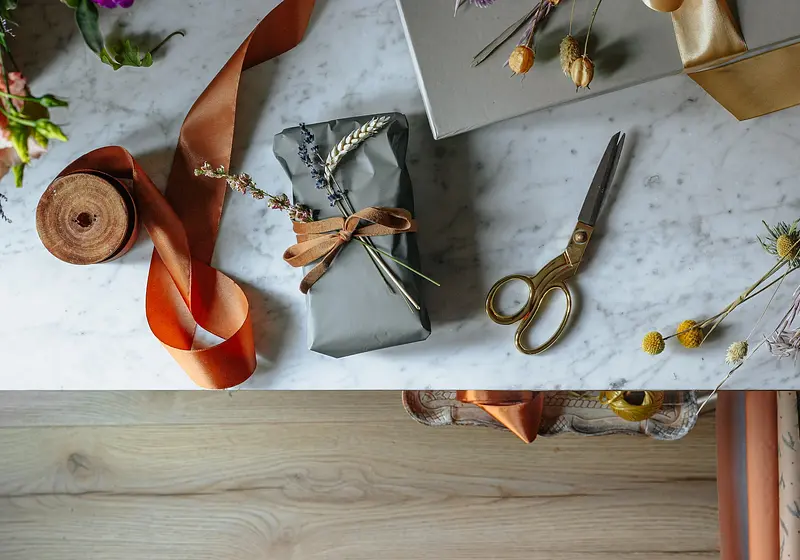

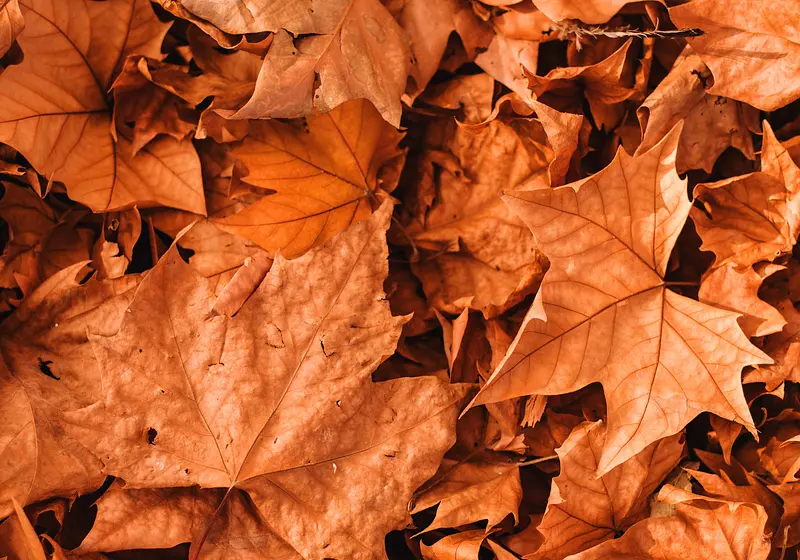
.jpeg)


